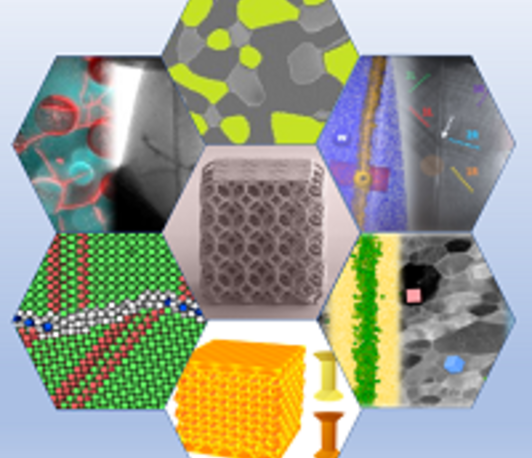Strength and Fracture Resistance in Multicomponent Alloys and Additive Manufactured Materials
- Date: Jul 10, 2023
- Time: 11:00 AM - 12:00 PM (Local Time Germany)
- Speaker: Prof. Bernd Gludovatz
- Associate Professor in the School of Mechanical and Manufacturing Engineering at UNSW Sydney
- Location: Max-Planck-Institut für Eisenforschung GmbH
- Room: Large Conference Room No. 203
- Host: on invitation of Dr. James Best and Prof. Gerhard Dehm

Damage tolerant materials with a good combination of strength and toughness are key for the increasing complexity of structural applications and a long sought-after goal for both mechanical engineers and materials scientists. Unfortunately, these properties are generally mutually exclusive and the development of new alloys with damage tolerant design has traditionally been a compromise between hardness and ductility. This talk will focus on recently developed advanced metallic materials that show good combinations of strength and toughness; compositionally complex alloys, often termed high-entropy alloys (HEAs), and bulk-metallic glasses (BMGs). HEAs are known for their ability to crystallize as single-phase solid solutions with simple crystal structures despite containing high concentrations of elements with very different crystal structures. BMGs, on the other hand, are known for their excellent combinations of high strength, low stiffness, and large elastic strain limits. Major drawbacks for their use in engineering service, however, are highly variable fracture toughness values and ductilities which can be entirely different for loading in tension, compression or bending. We will examine how failure resistance in compositionally modified variations of the face-centered cubic CrMnFeCoNi Cantor alloy, the most studied HEA to date, develops at sub-zero temperatures and how body-centered cubic systems such as the TiZrNbHfTa alloy may be suitable for extreme environments like He2+ ion irradiation conditions. In terms of BMGs, we will discuss how structural modifications through processing via high-pressure torsion (HPT) and precise heat treatments affect yield, failure strength, and plastic strain in tension, and more importantly, have the ability to entirely change the failure characteristics of a metallic glass. Finally, we will discuss how additive manufacturing can be utilized to over-come some of the limitations of conventionally processed alloys and evaluate benefits and drawbacks this fabrication method imposes on structural materials.